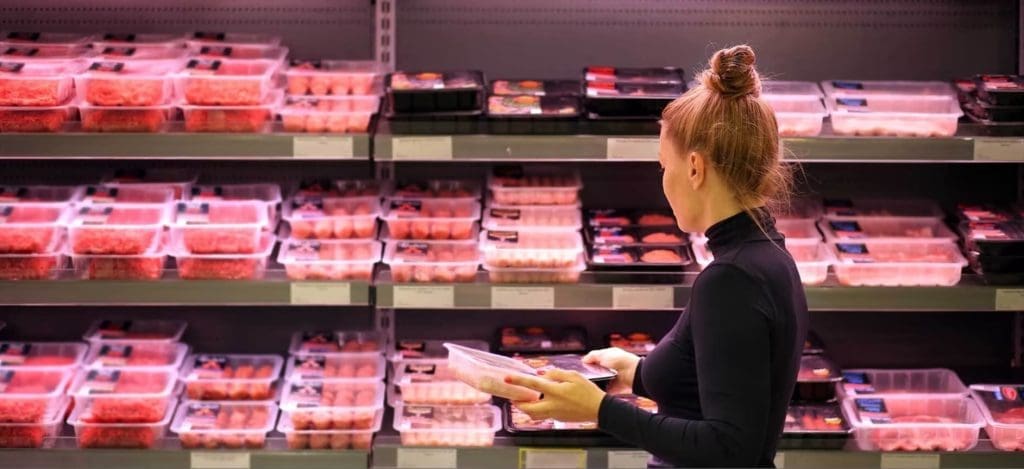
DRIVEN by resurgent international and domestic demand, global animal protein colossus JBS has reported record revenue and pre-tax profits for its 2021 trading year ended 31 December.
Across the company’s beef, pork, chicken and value-added divisions in North and South America, Australia and New Zealand, it recorded net revenue last year at a record R$350.7 billion (US$65 billion), up 29.8pc on the previous year. Of that, 74.8 percent were sales in the domestic markets in which JBS operates and 25.2pc were through exports.
Adjusted pre-tax earnings reached a new record of R$45.7 billion (US$8.5 billion) – up 54pc – while net income for the year ended 31 December was R$20.5 billion – up 345pc, year-on-year.
Significantly, JBS’s protein exports last year were up 24.3pc to US $16.9 billion, with the Greater China region now accounting for 27.2pc of all export sales, Africa and the Middle East 11.2pc, the US (exports from other supplier countries in which JBS operates) 10.6pc and Japan 10.3pc.

Gilberto Tomazoni
“Previously a Brazil-focused company specialising in one type of protein, JBS has evolved into a global food company with a diversified footprint that includes a vast portfolio of strong brands and value-added products,” global chief executive Gilberto Tomazoni said.
“Within this context, 2021 has set the stage for JBS’s trajectory in the coming years. We made strategic acquisitions that allowed us to increase our relevance in segments and businesses where we see significant growth opportunities,” Mr Tomazoni said.
The company’s US Beef division, which also includes beef, sheep, pork and salmon operations in Australia, produced net revenue of R$146 billion and pre-tax earnings of R$26 billion, up 101pc on the previous year.
There were considerable contrasts between beef operations in the US and Australia, however.
In the US, availability of cattle remained adequate throughout the year, but the average price, according to the USDA, showed an increase of 22pc last quarter, compared with the same period last year.
Higher beef demand than supply, both in the US domestic market and in the international market, supported the US beef division’s results for the year, Mr Tomazoni said.
In the US domestic market, demand was driven by the strong performance in the retail channel and the recovery of the food service channel after COVID. In the international market, demand from Asia, which is now responsible for more than 75pc of the total US beef exports, remained strong, causing the global volume of US beef exports in the year to rose 16pc on the previous year.
“The highlight continues to be China, which increases its share month after month, and has already become the third largest destination for American beef exports. US exports in 2021 were not only better due to logistics impacts, mainly on the back of congestion in American ports during the period,” shareholders were told.
On the other hand, operating costs for the division were also higher, mainly due to significant increases in labour, logistics and packaging costs.
Across the US beef division, including operations in Australia, raw material (livestock) costs accounted for 82.8pc of the total COP, followed by labour (9.5pc) and processing costs, 7.7pc
Australia and New Zealand
Within JBS’s operations in Australia, performance continued to improve sequentially, after the earlier impacts of drought.
“Cattle availability is still low, but strong domestic and international demand has increased Australian beef prices and therefore improved results,” Mr Tomazoni said.
In Australia, JBS completed the acquisition of salmon farmer Huon Aquaculture during the year, marking its global entry into the aquaculture market. Also in Australia, JBS completed the purchase of major pork supply chain Rivalea, making JBS a leader in Australia’s pork production and processing industry. Rivalea is also providing a source of raw material for JBS Australia’s Primo Foods smallgoods business.
Both Rivalea pork and Huon salmon are now appearing in the product inventories of JBS meat protein sales teams in Australia (via wholesaler DR Johnston) and in export markets, providing a ‘one stop shop’ for a broader range of animal proteins.
With the integration of the new acquisitions, Huon and Rivalea, JBS Australia has become the largest food company in Australia.
Recent worldwide acquisitions have added another 7500 staff to JBS’s payroll, taking its global total to more than 250,000.
